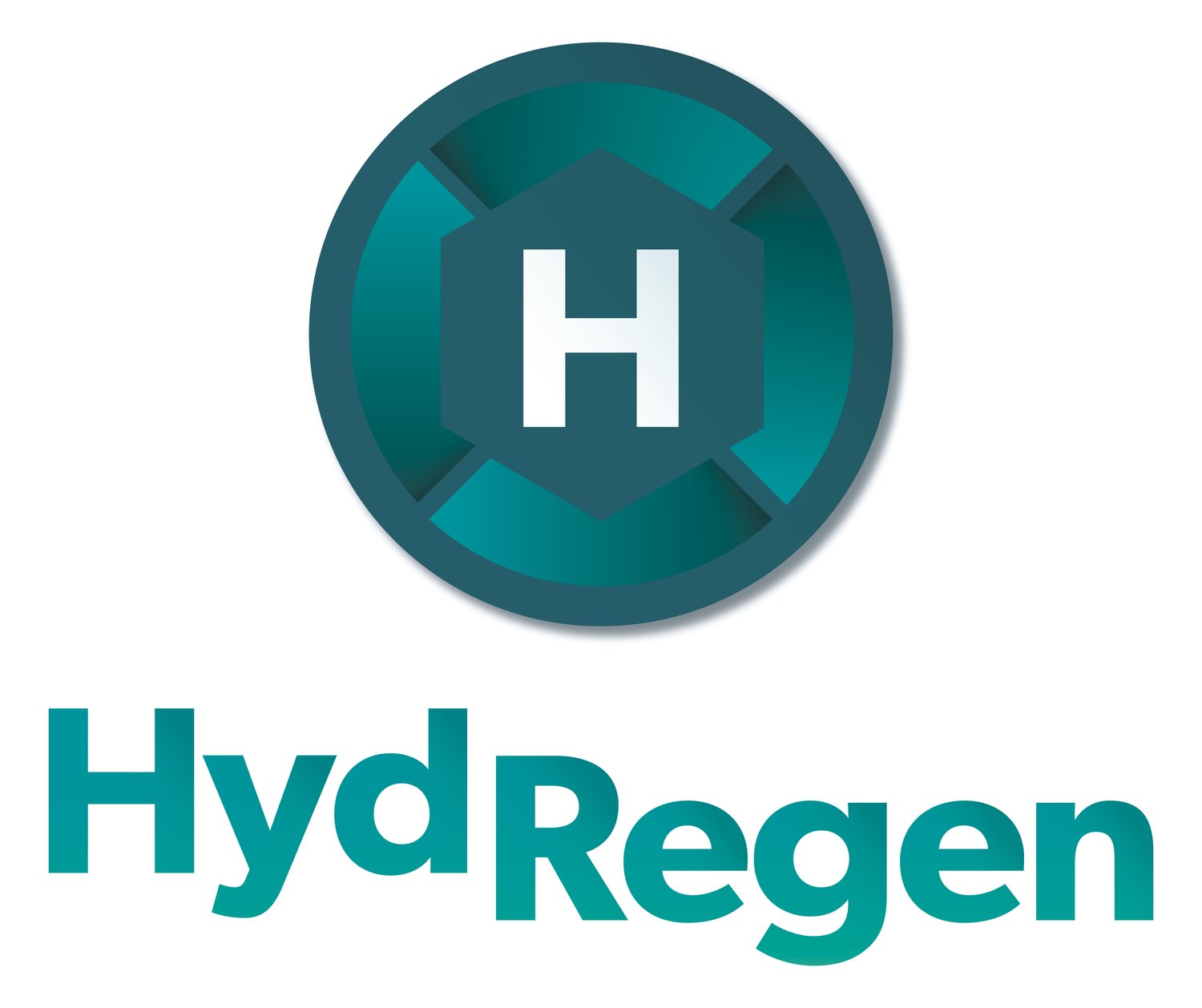Autoclave Systems for Scalable and Efficient Hydrogenation
Hydrogenation, a fundamental chemical process with broad applications across petrochemicals, pharmaceuticals, and food production has traditionally relied on batch reactors. While effective for small-scale production and when multiple different products are required, rising production demands and tighter regulations on energy consumption and emissions are shifting the chemical industry towards advanced autoclave solutions to enhance their hydrogenation processes.
Implementation of our Bio2Amine technology in Uniclave for intensification of Meslazine production.
📷 Image copyright HydRegen Ltd – Buchiglas Uniclave® Lab Pressure Reactor
What Are Autoclave Systems?
Autoclave systems are specialised reactors designed for high-performance chemical processes. They can operate at high pressures and temperatures and are particularly well-suited to processes requiring tight control over reaction conditions, such as hydrogenation.
The system typically consists of:
A pressure vessel: Built to withstand high pressure and temperature conditions.
An agitator: Ensures thorough mixing of reactants and catalyst, promoting uniform reactions.
Gas distribution systems: Allow for precise control of gas flow (hydrogen in this case) to optimize the reaction kinetics.
Heating and cooling systems: Ensure accurate temperature regulation, which is critical for sensitive reactions.
This design, combined with high-level automation and control, enables chemical manufacturing companies to handle more complex and larger-scale hydrogenation reactions with improved energy efficiency and enhanced safety features - making them ideal for industrial hydrogenation processes.
Key Benefits of Autoclave Systems in Hydrogenation
The top three challenges facing the chemical industry today are sustainability, cost efficiency and safety and supply. Autoclave integration helps address all three by reducing energy consumption, unlocking efficiencies with more precise intensification methods and performing safer reactions.
1. Scalability
Traditional batch reactors face limitations when scaling up hydrogenation processes due to the complexity of maintaining consistent reaction conditions across larger volumes. In contrast, autoclave systems can easily scale from laboratory to industrial production sizes without sacrificing control over reaction conditions. The precise control over temperature, pressure, and hydrogen flow ensures uniformity in product quality even when producing large batches.
Their modular design allows manufacturers to increase capacity incrementally, adjusting to market demand without significant capital investment or risk of inefficient scaling.
2. Efficiency and Speed
Due to the required elevated temperatures and pressures, which can be energy-intensive and time-consuming in conventional systems, autoclave reactors, with optimised pressure vessels and gas distribution systems, significantly reduce reaction times by ensuring rapid and complete hydrogenation.
This increase in efficiency is achieved by enhancing mass transfer between hydrogen gas and the reactants - one of the primary limiting factors in conventional systems. In addition, the controlled agitation system within the reactors minimises the formation of hotspots or concentration gradients, ensuring consistent reaction rates across the vessel.
3. Enhanced Safety
Hydrogenation involves flammable gases and elevated pressures, posing inherent safety risks. Engineered with robust, high-grade materials, automated pressure monitoring and release set-up along with fail-safe shutoff systems provide automatic shutdown in the event of an emergency. Protecting workers but also minimising the risk of costly downtime due to equipment failures or accidents.
4. Environmental Impact
Autoclave system integrations reduce energy demands through enhanced reaction efficiency and operate with lower excess hydrogen requirements and tighter controls, helping to minimise waste and the need for hydrogen recovery systems. Their modular nature also allows for more flexible and energy-efficient operations, reducing the overall carbon footprint of hydrogenation processes.
Applications of Autoclave Systems in Hydrogenation
The versatile and scalable nature of autoclave set ups makes them suitable for a variety of hydrogenation applications. In pharmaceutical manufacturing, they facilitate the hydrogenation of intermediates and active pharmaceutical ingredients. Their precise and reproducible operating conditions ensure high product purity and yield, crucial for drug safety and efficacy and their flexibility enables pharmaceutical companies to transition seamlessly from small-scale R&D to full-scale production, reducing time-to-market for new drugs.
In the petrochemical industry, autoclaves enhance the efficiency of de-sulphurisation, de-nitrogenation, and hydrocarbon saturation - essential for producing cleaner fuels that comply with sulphur emission regulations. Whereas in the fine chemicals industry selective hydrogenation supports the targeted conversion of specific functional groups while preserving others, which is critical for synthesizing complex molecules.
Conclusion
As we continue to build industrially relevant bio-based manufacturing technologies, the adoption of pressurised autoclave systems is likely to play an increasingly important role in ensuring that hydrogenation remains a viable, sustainable, and cost-effective process.
For businesses operating in sectors that rely on hydrogenation—whether petrochemicals, pharmaceuticals, or food—investing in this technology represents a sensible and strategic move toward more efficient and scalable production capabilities.

